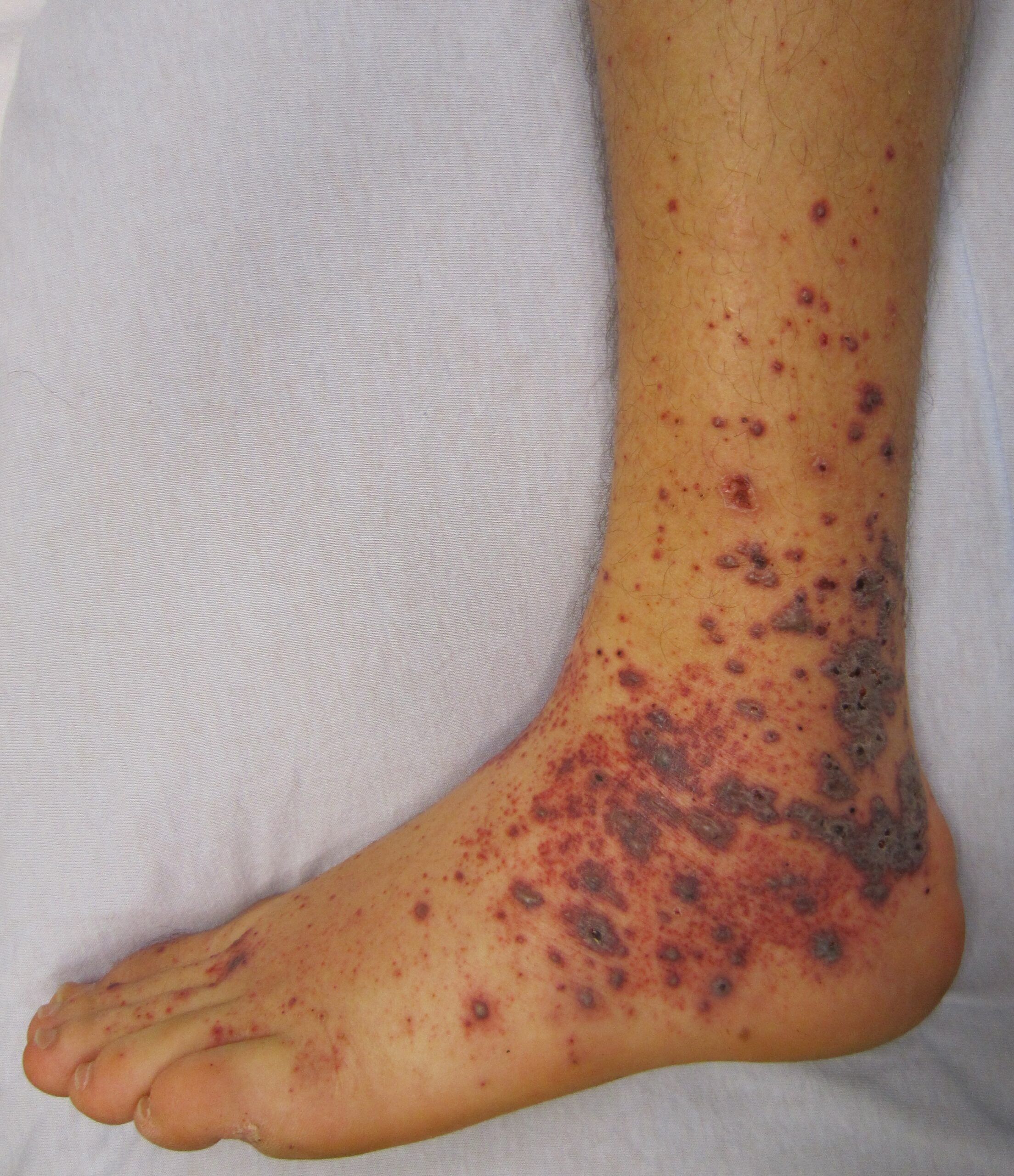Vasculitis: Symptoms, Causes, Treatment
What are the symptoms of vasculitis?
Vasculitis is a condition characterized by inflammation of the blood vessels, which can affect blood flow to various organs and tissues. The symptoms of vasculitis can vary depending on the type of vasculitis and the organs affected, but common symptoms may include:
- Fatigue: Feeling tired or lacking energy is a common symptom of vasculitis.
- Fever: A low-grade fever may occur, especially in systemic forms of vasculitis.
- Weight loss: Unexplained weight loss may occur in some cases of vasculitis.
- Muscle and joint pain: Pain and stiffness in the muscles and joints are common symptoms of vasculitis.
- Skin changes: Vasculitis can cause a variety of skin changes, including rash, red or purple spots (petechiae), and ulcers.
- Nerve symptoms: Depending on the type of vasculitis, nerve symptoms such as numbness, tingling, weakness, or loss of sensation may occur.
- Headaches: Persistent or severe headaches may occur, especially if the blood vessels in the head are affected.
- Vision changes: Vasculitis can affect the blood vessels in the eyes, leading to vision changes or vision loss.
- Gastrointestinal symptoms: Vasculitis can affect the blood vessels in the digestive tract, leading to symptoms such as abdominal pain, nausea, vomiting, or bloody stools.
- Kidney symptoms: Vasculitis can affect the blood vessels in the kidneys, leading to symptoms such as blood in the urine, protein in the urine, or kidney failure.
It’s important to note that the symptoms of vasculitis can vary widely depending on the type and severity of the condition, and some people may have few or no symptoms. If you experience any persistent or concerning symptoms, it’s important to see a healthcare provider for an evaluation.
What are the causes of vasculitis?
Vasculitis is caused by inflammation of the blood vessels, but the exact cause of vasculitis is often unknown. In some cases, vasculitis is thought to be an autoimmune disorder, where the immune system mistakenly attacks the body’s own blood vessels. Other possible causes of vasculitis include:
- Infections: Some types of vasculitis may be triggered by an infection, such as hepatitis B or C, HIV, or certain bacteria or viruses.
- Drug reactions: Certain medications, such as antibiotics, anti-seizure medications, and nonsteroidal anti-inflammatory drugs (NSAIDs), can sometimes trigger vasculitis.
- Genetic factors: Some people may have a genetic predisposition to developing vasculitis, although specific genetic factors have not been identified in most cases.
- Environmental factors: Exposure to certain environmental factors, such as chemicals or toxins, may play a role in triggering vasculitis in some cases.
- Other autoimmune diseases: Vasculitis is sometimes associated with other autoimmune diseases, such as rheumatoid arthritis, lupus, or Sjögren’s syndrome.
- Cancer: In rare cases, vasculitis may be associated with certain types of cancer, such as lymphoma.
- Unknown causes: In many cases, the exact cause of vasculitis is unknown, and it is thought to be a complex interplay of genetic, environmental, and immune factors.
It’s important to note that vasculitis is a complex and heterogeneous group of disorders, and the cause can vary depending on the type of vasculitis and the individual patient. Treatment for vasculitis typically focuses on reducing inflammation and controlling symptoms, and may include medications such as corticosteroids, immunosuppressants, or biologic therapies.
What is the treatment for vasculitis?
The treatment for vasculitis depends on the type of vasculitis, the organs involved, and the severity of the disease. The primary goals of treatment are to reduce inflammation, relieve symptoms, and prevent organ damage. Treatment options for vasculitis may include:
- Corticosteroids: Prednisone or other corticosteroids are often used to reduce inflammation in vasculitis. They are usually the first line of treatment for many types of vasculitis.
- Immunosuppressive drugs: For more severe cases of vasculitis, drugs that suppress the immune system, such as methotrexate, azathioprine, or cyclophosphamide, may be used in combination with corticosteroids.
- Biologic therapies: In certain types of vasculitis, biologic drugs such as rituximab or tocilizumab may be used to target specific components of the immune system.
- Plasma exchange (plasmapheresis): This procedure involves removing and replacing the liquid portion of the blood (plasma) to remove antibodies and other proteins that may be causing inflammation.
- Other medications: Depending on the type and severity of vasculitis, other medications such as anticoagulants, pain relievers, or medications to control high blood pressure or cholesterol levels may be used.
- Lifestyle modifications: In some cases, lifestyle modifications such as quitting smoking, maintaining a healthy weight, and regular exercise may help manage vasculitis symptoms.
- Surgery: In certain situations, surgery may be necessary to repair damage caused by vasculitis, such as repairing aneurysms or removing damaged tissue.
It’s important for people with vasculitis to work closely with a healthcare team, which may include rheumatologists, nephrologists, pulmonologists, and other specialists, to develop an individualized treatment plan. Treatment may need to be adjusted over time based on the response to treatment and the progression of the disease. Regular monitoring and follow-up care are essential for managing vasculitis effectively.




